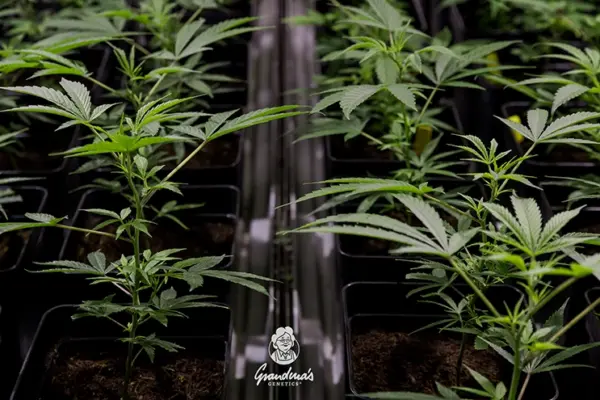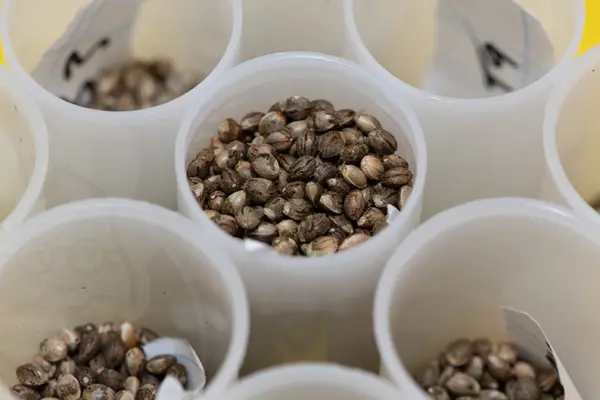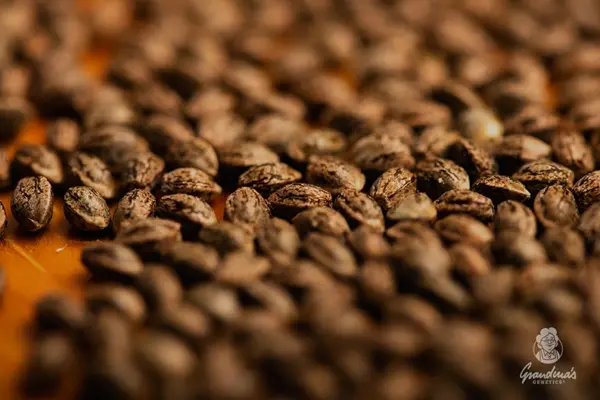Education & Information
What does breeding actually mean?
The aim of plant breeding is the genetic modification of plant populations to improve biological and economic properties. It is based on plant selection, seed treatment or crossing with subsequent selection of daughter plants for the next breeding cycle or subsequent propagation as seeds of a new plant variety (seed breeding).
Since you have now read the official declaration of “breeding”, we would like to say a few things about it and one thing directly in advance: All texts here are purely for information purposes as well as for further education and pure entertainment. It is a subjective opinion summarized from experiences and stories collected over the years.We are not calling for imitation of any of these things or anything like that.
Everyone breeds in his own way. To call things “wrong” or “right” is not our thing, because there are no limits to creative freedom. Some prefer to work in small fields while others prefer a small garden with smaller pots, because it is the seed that makes each plant unique.
See also: Genotype vs. Phenotype – What’s the difference?
Every breeder is his own blacksmith, cook and teacher at the same time and this is a good thing, because each of them makes his own experiences and thus tells his own universal story. But between all the interesting stories one thing will always remain the same. Breeding means investing a lot of time and effort. Because new and interesting terpene profiles are not available at every corner and not every female plant gets along with every male.
Breeding new and interesting varieties involves planting a wide range of seeds to have the widest possible selection of genotypes and phenotypes.
From these seeds, most breeders choose the most stable varieties, which they find most appealing in appearance, growth, smell and taste (in female plants). Accurate laboratory tests of canabinoids, terpenes and microorganisms help today’s breeders to select their strongest phenotypes, which are then pollinated with their selected males. A new gene pool (F1) is created. The breeder could now create an F2 generation by reselecting the seeds or work on a backcross, which can be developed with the same (already selected) male.
See also: What does F1, S1, BX1 & IBL stand for?
Some breeders prefer to feminize their favorite phenotypes. This usually involves the use of chemicals such as STS (Silver Thiosulfate) or others. To perform these processes, the Female Plant is “Reserved”, i.e. sprayed with STS to stop the female hormones within the plant so that it develops male traits like pollen sacs which in turn are used for pollination to produce the feminized seeds (S1).
See also: Differences between Regular, Feminized and Automatic Seeds
As you can see, this topic gets lost very quickly in various sub-themes and possibilities. To go into each of them in more detail you need several blogs. We hope that this little insight could help you so far.







